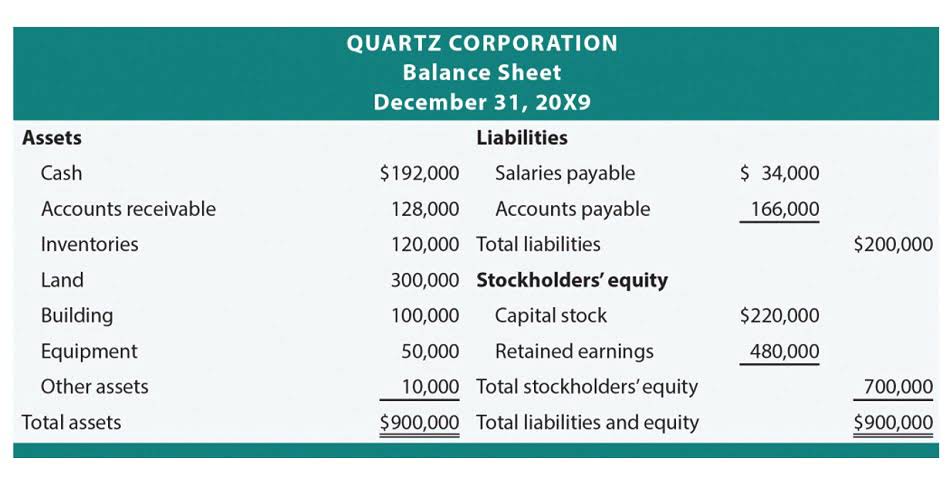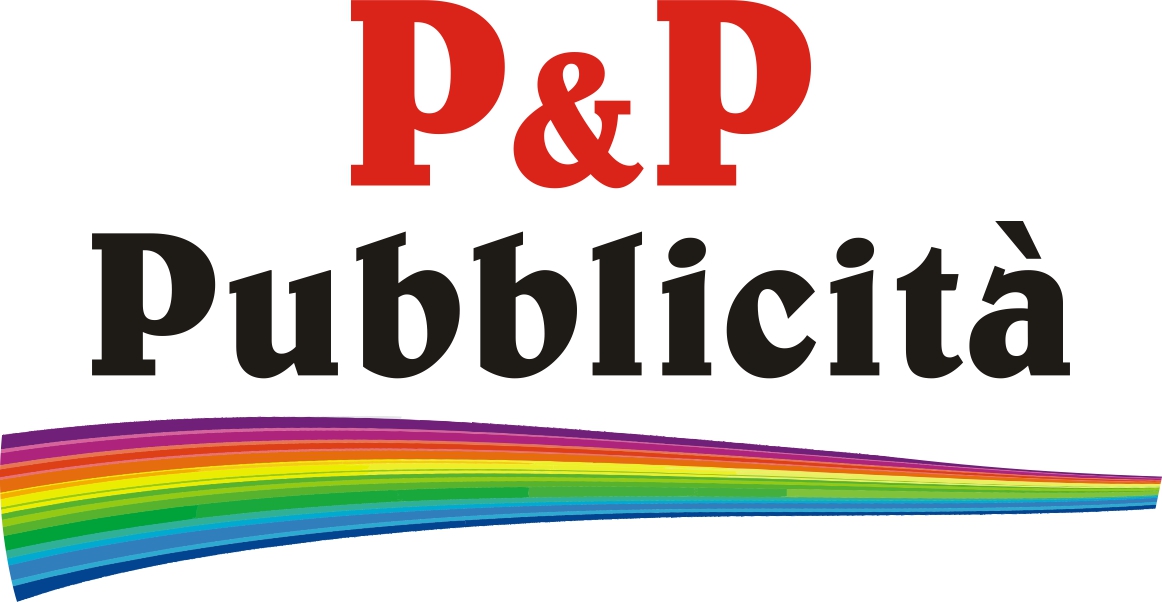
For example, a business may discover during an audit that payroll was not being updated consistently, leading to discrepancies between the financial records and actual expenses. In order to be an auditor, there are academic, professional, and personal requirements. The minimum educational requirement is a bachelor’s degree, but many employers prefer a master’s degree with a focus on finance or accounting. In order to audit public companies, an auditor must have the Certified Public Accountant’s (CPA) credential. They must stay current with the principles, theory, practice, and laws in accounting. They should also have integrity and tact when dealing with companies and a methodical practice.
A Comprehensive Guide to Building an ISO 9001 Audit Plan
Raids, audits, or increased scrutiny naturally lead to apprehension among workers, particularly those under immigration pressure. Employers play a vital role in addressing workforce concerns and ensuring transparent communication without creating an atmosphere of fear or intimidation. D&V Philippines provides scalable finance and accounting solutions that can adapt to any landscape. If you’re interested in learning more about our services, schedule a free consultation with us! You can also download our Your Talent Sourcing Partner Whitepaper to see how we value our talents.
Leadership Team
By lining up your SMEs ahead of time, you can smooth out your audit workflow and reduce friction. Engaging staff members in this process can also be beneficial; it not only fosters a sense of ownership but also helps to identify any potential issues that may need to be addressed before the auditors arrive. By taking these proactive steps, organizations can streamline the audit law firm chart of accounts process and minimize disruptions to their daily operations. Depending on the company’s growth over the years, they can determine whether or not it is time for the company to apply for ISO certification and trigger the necessary preparation for it.

Plan ahead
Ensuring that these documents are well-organized and readily accessible can significantly expedite the audit process, reducing the time auditors spend searching for information. Once the audit is complete, you income summary can start preparing the audit report and communication plans. This final step is vital in the audit process, as it offers an independent assessment of the company’s financial state, ensuring fairness and accuracy. While conducting an audit, it’s also best to collaborate with individuals who have in-depth knowledge of specific business processes and potential risks.
Confirm ASC 606 compliance.

Getting a tax refund doesn’t guarantee that you’ll be audited even though you can still be audited after you’ve received the refund. Neither does filing an amended return although amended returns can be selected for an audit as well. Visual aids like process maps, workstation layouts, and “before and after” photos can be valuable references during the audit. Establish clear standards for each of the 5S pillars so that everyone involved in the audit is working from the same playbook. They might also propose adjustments, which could result in you owing additional taxes, penalties, and interest. In some cases, an audit can even result in a refund if the IRS determines you overpaid.

Internal Audit Checklist: Planning an Audit From Scratch

Their insights can help identify areas susceptible to errors or fraud, ensuring that the audit focuses on critical aspects of your operations. This collaboration enhances the audit’s effectiveness and provides more accurate audit results for your business. Depending on its type, an audit can be conducted by an external or internal team. In contrast, an internal audit is conducted by someone within the company to assess processes and identify areas of improvement. Some common mistakes include lack of documentation, poor communication with auditors, failure to understand audit requirements, and insufficient internal controls.
- Engaging independent third-party assessors to conduct a comprehensive evaluation ensures that business processes meet globally recognized benchmarks.
- By actively working on these recommendations, organizations can demonstrate their commitment to continuous improvement and accountability.
- Expect auditors to review your financial statements, internal controls, and compliance with regulations.
- Addressing problems quickly and efficiently is essential if any problems are identified during the audit.
- By taking the time to prepare thoroughly, you’ll ensure that your audit isn’t just a box-ticking exercise but a powerful tool for identifying waste and boosting workplace efficiency.
Whether it’s physical or digital records, maintaining a clear and logical filing system ensures that documents are easy to locate, reducing delays during the audit. These are key questions that you need to answer ahead of the year-end audit to be fully prepared for the review. You should also consider any grants or government support your organization has been given over the past 12 months. Recommendations for workers include keeping copies of their immigration documents close at hand and ensuring their documents are always valid.
Impetus from internal audit reports can encourage optimization, saving the organization in costs and ultimately improving customer satisfaction. An internal audit is an independent review of an organization’s operations, governance, internal controls, and risk management processes to improve the organization’s effectiveness and efficiency. Internal auditors will conduct interviews, inspect evidence, test controls, and read policies to understand the environment and validate that controls and processes how to prepare for an audit are working — or not working well. In the realm of nonprofit organizations, financial audits serve as a critical mechanism for ensuring transparency, accountability, and trustworthiness. A well-conducted audit provides an independent assessment of an organization’s financial health, revealing insights into its operational efficiency and compliance with applicable laws and regulations. Once your company’s documents and processes are submitted to your internal auditors, interviews for every department head and random members of every department come next.
